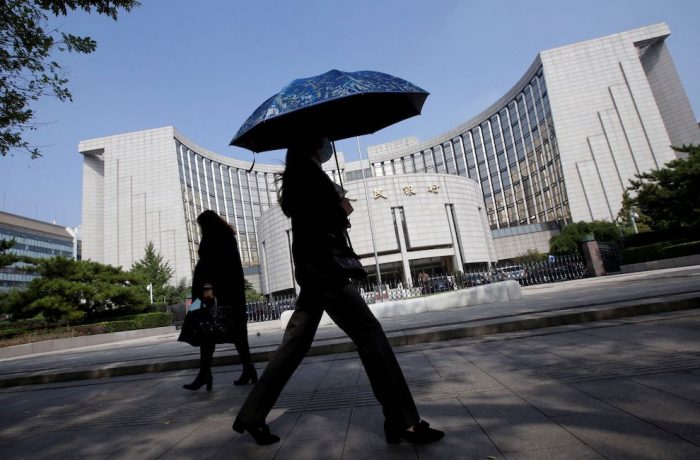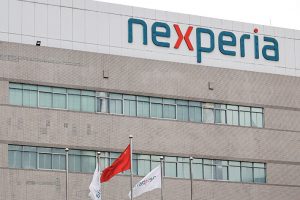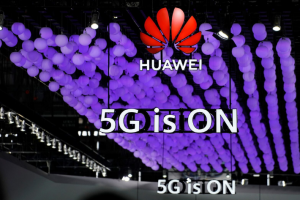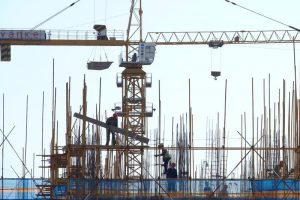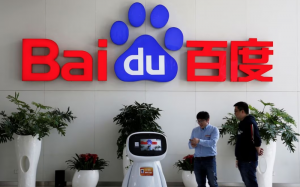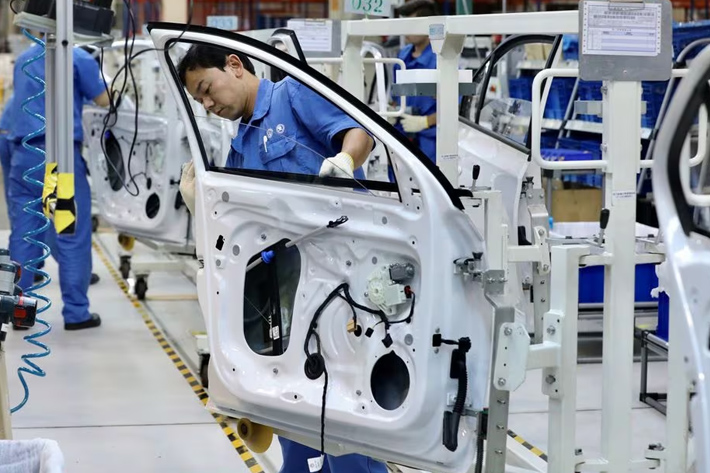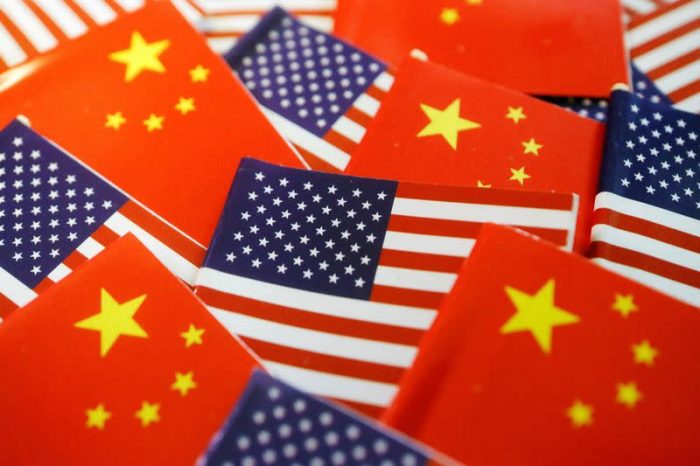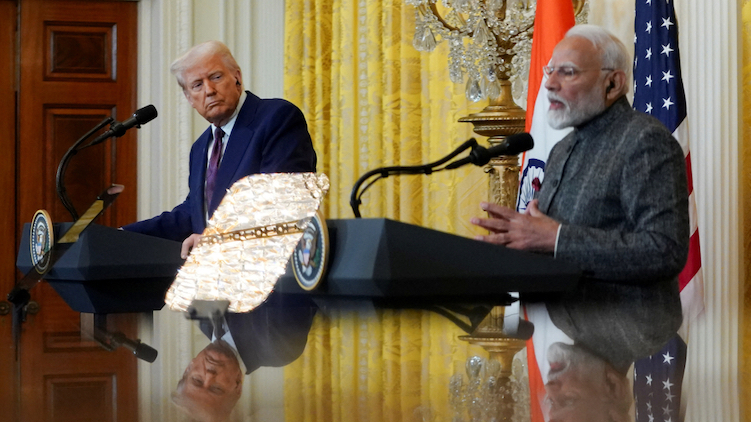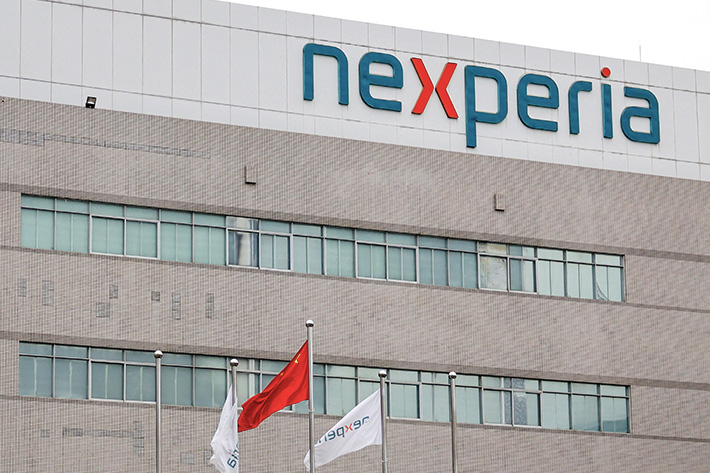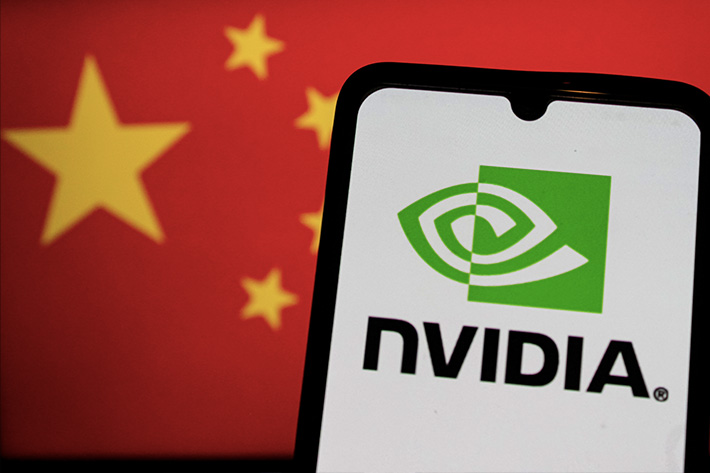China’s central bank trimmed benchmark lending rates on Tuesday for the first time in seven months to try to boost consumption as the world’s second-biggest economy slows.
Large state banks cut deposit rates as policymakers try to help the economy survive blows from its trade war with the US.
The rate cuts, which were expected, seek to boost consumption and loan growth, while protecting commercial lenders’ shrinking profit margins. But the rate cuts were small and reflect what analysts say is a wariness in taking aggressive steps while they manage tariffs imposed by the Trump Administration.
ALSO SEE: China Battery Giant CATL Raises $4.6 Billion in Hong Kong Listing
The People’s Bank of China said the one-year loan prime rate (LPR), a benchmark determined by banks, was lowered by 10 basis points to 3.0%, while the five-year LPR was reduced by the same margin to 3.5%.
Most new and outstanding loans in China are based on the one-year LPR, while the five-year rate influences the pricing of mortgages. Both rates are now at the lowest level since China revamped the LPR mechanism in 2019.
The lending rate cut was announced just after five of China’s biggest state-owned banks said they had trimmed their deposit interest rates.
Industrial and Commercial Bank of China, Agricultural Bank of China, China Construction Bank and Bank of China reduced deposit rates by 5-25 basis points (bps) for some tenors, according to rates shown on the banks’ mobile apps.
The deposit rate reductions should guide smaller lenders in making similar cuts. Banking shares edged higher following the rate decision, with the CSI Bank Index rising 0.3%.
Marco Sun, chief financial market analyst at MUFG Bank (China), said the rate cuts were aimed at boosting credit lending and stimulating consumption.
“The central bank is likely to switch to a wait-and-see approach in coming months unless external geopolitical risks deteriorate enough to extinguish hopes that the economy can stabilise,” Sun said.
Growth patchy and lacklustre
The rate cuts are part of a package of measures announced by PBOC Governor Pan Gongsheng and other financial regulators before talks between China and the US in Geneva earlier this month that led to a de-escalation in their trade war.
Global investment banks have raised their forecasts for China’s economic growth this year, after Beijing and Washington agreed to a 90-day pause on tariffs, despite uncertainty around Sino-US trade negotiations.
“We still believe it will be quite challenging for Beijing to achieve its ‘around 5%’ growth target unless it rolls out a sizable stimulus package,” Ting Lu, chief China economist at Nomura, said in a note this week.
“Considering the respite on the trade war, Beijing might be under less pressure to introduce the necessary stimulus and reforms.”
Recent economic readings show growth remains patchy and lacklustre.
China’s new home prices were unchanged in April from a month earlier, official data showed on Monday, extending the no-growth trend to nearly two years despite policymakers’ efforts to stabilise the sector. Meanwhile, new bank loans also tumbled more than expected last month.
Bid to repair banks’ profit margins
Tuesday’s rate cuts were a pre-emptive move, Xing Zhaopeng, senior China strategist at ANZ, said.
“One purpose is to repair commercial banks’ net interest margin and get prepared for the future,” Xing said, expecting one more rate cut by the end of July.
Nicholas Zhu, an analyst at Moody’s, expects a prolonged period of low interest rates in China.
“The reduction in deposit costs partly mitigates the impact of lower asset yields, which remain under pressure as banks are expected to support the real economy,” Zhu said.
Major Chinese banks cut deposit rates in October and July last year as their profits came under pressure after the PBOC lowered lending rates. Prior to that, the banks made three rounds of such deposit rate cuts in 2023.
The Big Five lenders reported narrower margins on their first-quarter earnings and some a drop in profits as the banking sector is hit by a protracted economic slowdown.
Commercial banks’ net interest margin – a key profitability measure – dropped to a record low 1.43% in the first quarter this year, official data showed.
Net interest margins are expected to fall a further 10-15 bps this year as banks are in fierce competition to lure customers with cheap loans while credit demand remains weak, analysts at China International Capital Corp said in a note.
- Reuters with additional editing by Jim Pollard
NOTE: Further links were added to the text of this report on May 20, 2025.
ALSO SEE:
China’s Industry, Retail Data, Air Freight to US All Edge Down
Nvidia to Build AI Supercomputer And New Office in Taiwan
Trump Unveils Huge Chip Deals in Gulf After Rejig of Export Rules
TransPacific Cargo Surges on US-China Tariffs Backdown
Mass Layoffs Avoided in China, But Export Sector Badly Shaken
Apple Sales in China Plunge 50%, Huawei Back on Top – Fortune
Rogue Communication Devices Found in Chinese Solar Inverters
Fear of Huge Job Losses Led to China’s Move to Discuss Tariffs
Asian Markets Rise After US, China Agree to Cut Majority of Tariffs
China’s Steelmakers Hit by Wave of Tariffs, Plunge in Export Orders




